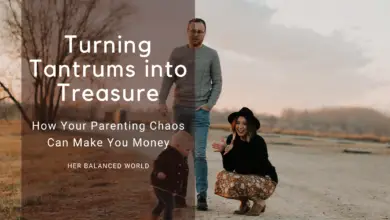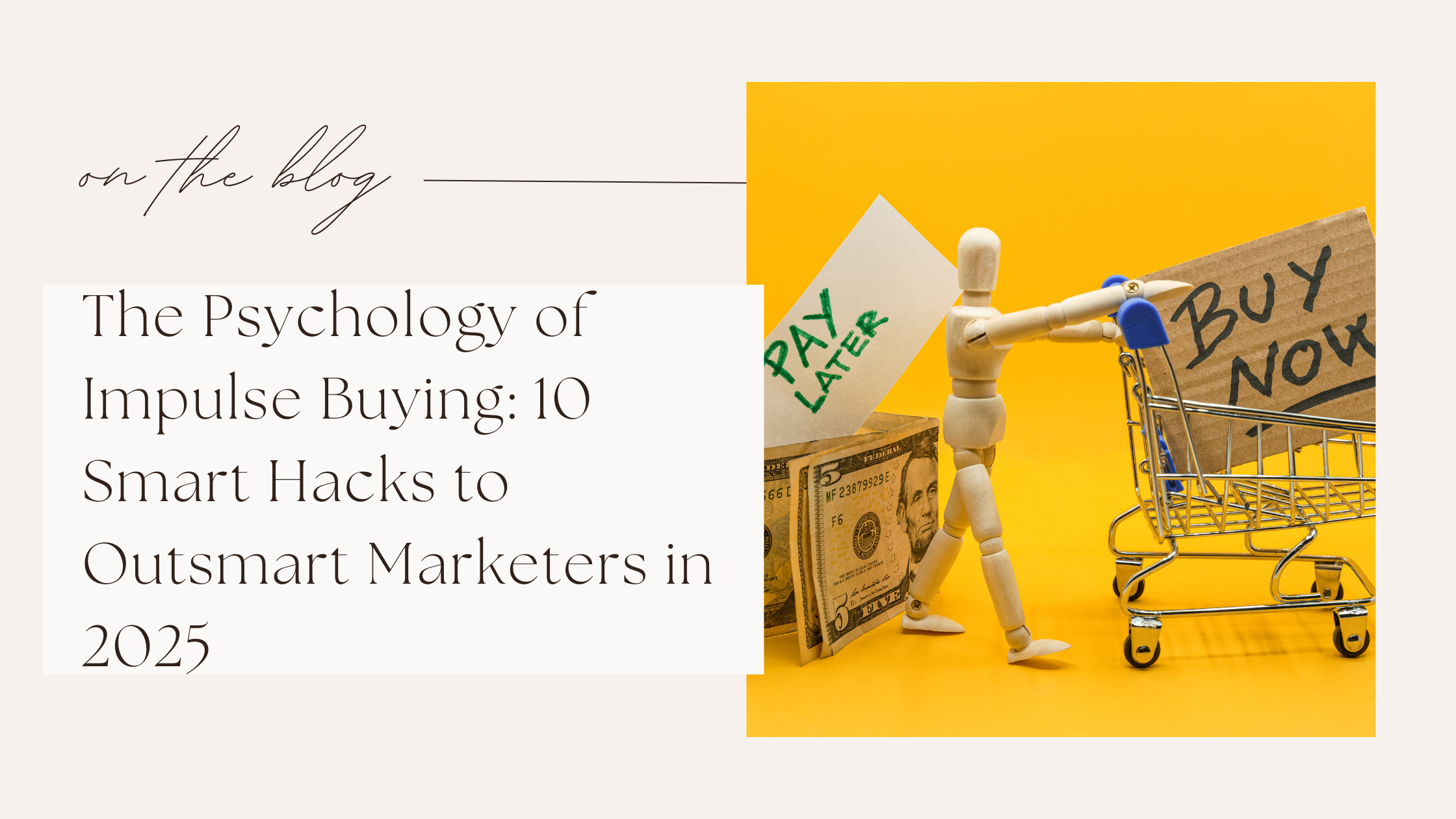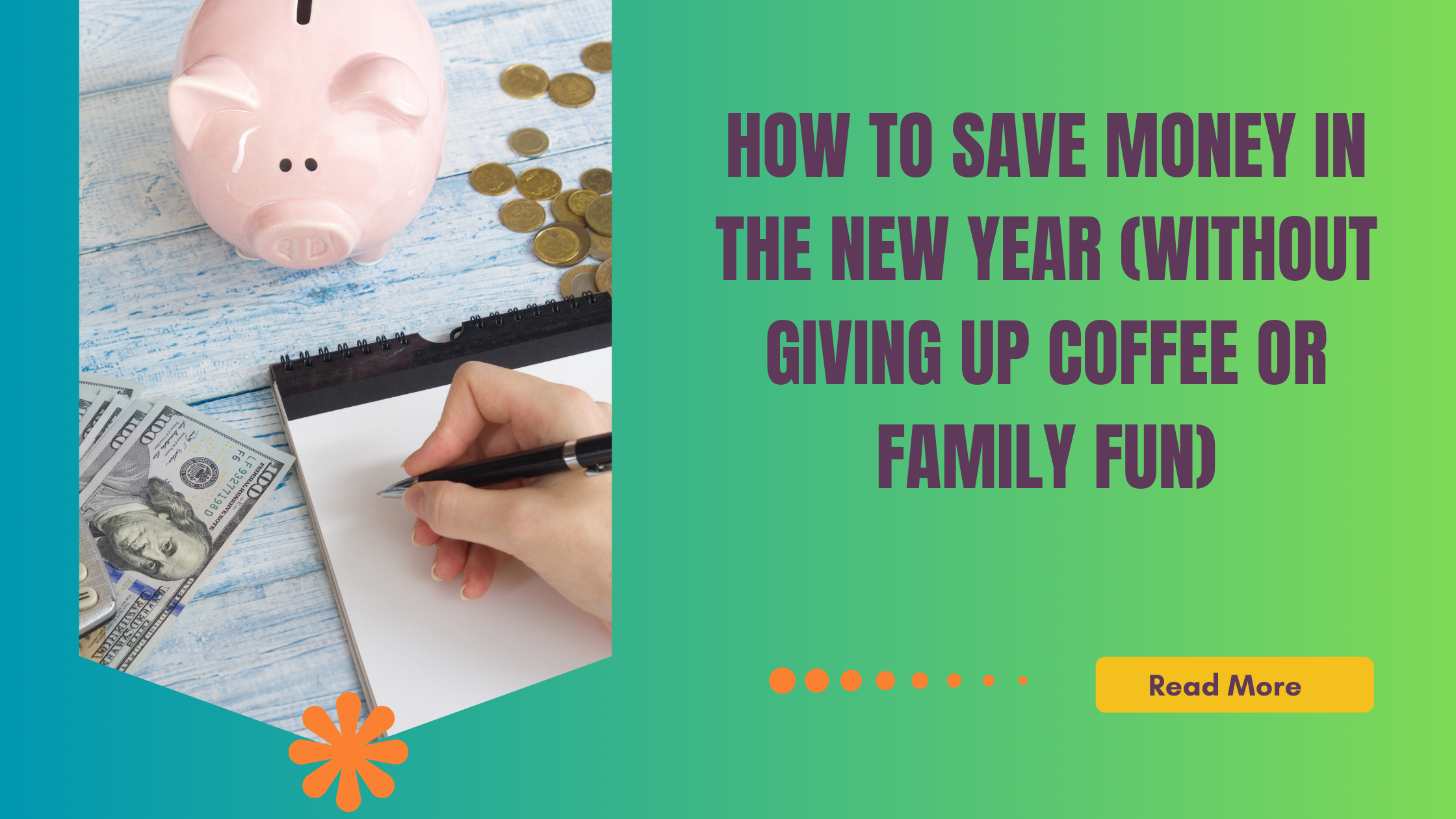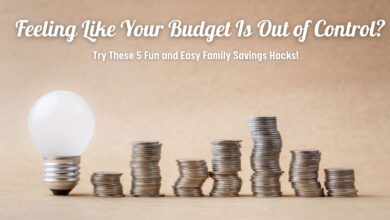How to Build an Emergency Fund While Having Fun (Free Bingo Game!)
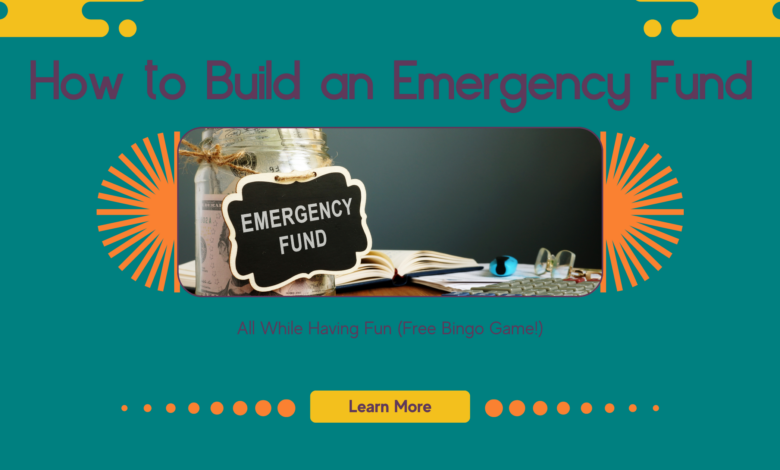
Let’s talk about emergency funds, or as economists call them, “the thing standing between you and having to sell your Pokemon card collection.” Here’s a scary thought: according to the Federal Reserve’s latest report on American households, 37% of us couldn’t cover a $400 emergency expense. That’s like playing financial Russian roulette, but with more overdraft fees. Download your Emergency fund Bingo Sheet at the end!
📌 Pro Tip: Want to understand why we make impulse purchases and how to stop them? Check out Master Impulse Buying Psychology in 2025 to learn how to control spending and build your emergency fund faster!
Step 1: Start Small, Dream of Being Medium-Sized
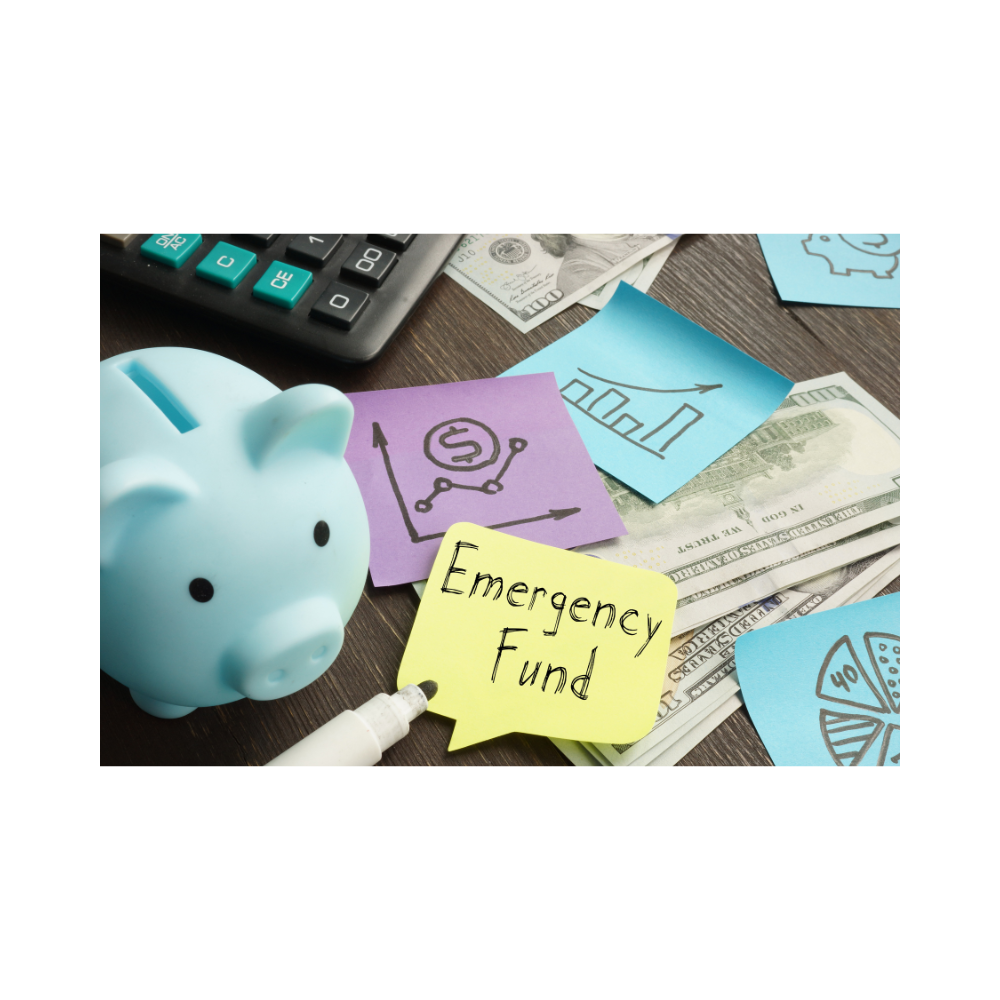 Remember when your mom said “dream big”? Well, she wasn’t talking about emergency funds. Some pretty smart people in lab coats over at the Journal of Applied Psychology found that setting smaller, achievable goals leads to better long-term success. Start with $500 – it’s like training wheels for your financial bicycle.
Remember when your mom said “dream big”? Well, she wasn’t talking about emergency funds. Some pretty smart people in lab coats over at the Journal of Applied Psychology found that setting smaller, achievable goals leads to better long-term success. Start with $500 – it’s like training wheels for your financial bicycle.
The American Psychological Association actually discovered that people who set specific, achievable goals are 376% more likely to succeed than those who say “I’ll save whatever’s left after my impulse purchases at Target.” (Okay, they didn’t specifically mention Target, but we all know what’s up.)
💡 Fun Pick: Track your progress with a cute piggy bank that makes saving feel rewarding and visual for the whole family.
📌 Real-Life Relatable Moment: Think of it like learning to run a marathon. You don’t start by running 26 miles on day one. You start by running to the fridge—and then you work your way up.
Step 2: Find Money in Places You Didn’t Know You Had (Like Between Couch Cushions, But Metaphorically)
 Hold onto your fancy coffee cups, because this might shock you: A recent study in the Journal of Consumer Research found that the average American spends $1,200 annually on subscription services they forgot they had. That’s right – you’re probably paying for seven different streaming services to watch the same three shows.
Hold onto your fancy coffee cups, because this might shock you: A recent study in the Journal of Consumer Research found that the average American spends $1,200 annually on subscription services they forgot they had. That’s right – you’re probably paying for seven different streaming services to watch the same three shows.
💡 Fun Pick: Use a reusable coffee cup to bring your brew from home and save on those pricey café lattes.
📌 Pro Tip: Use the savings from these small changes to fill in your Emergency Fund Bingo squares!
Step 3: Make It a Family Thing (Because Misery Loves Company)
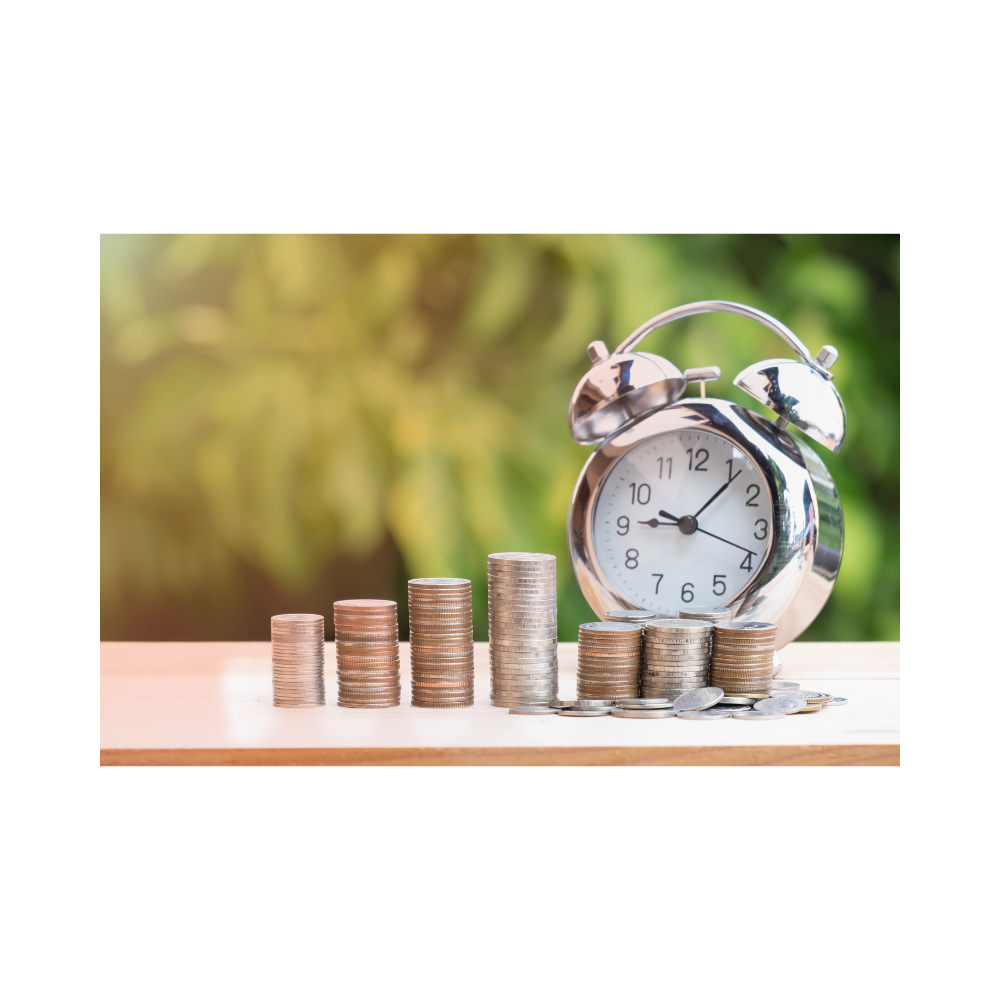 The Financial Education Research Center (which is totally a real place where people wear suits and talk about money all day) discovered that children who learn about financial management early are 32% more likely to have healthy financial habits as adults. Plus, they’re 100% more likely to judge you for buying that $6 artisanal toast (okay, I made up that last statistic, but you know it’s true).
The Financial Education Research Center (which is totally a real place where people wear suits and talk about money all day) discovered that children who learn about financial management early are 32% more likely to have healthy financial habits as adults. Plus, they’re 100% more likely to judge you for buying that $6 artisanal toast (okay, I made up that last statistic, but you know it’s true).
According to the latest Family Economics Review, families who save together are more likely to achieve their financial goals, probably because nobody wants to be the one who bought a jet ski instead of contributing to the emergency fund.
💡 Fun Pick: Use a family reward jar to collect coins and celebrate hitting savings goals.
📌 Funny Insight: Your kids will suddenly become savings geniuses when there’s a reward involved. “Mom, maybe we don’t need that third box of cookies this week?”
Step 4: Emergency Fund Bingo: Because Regular Bingo Wasn’t Anxiety-Inducing Enough
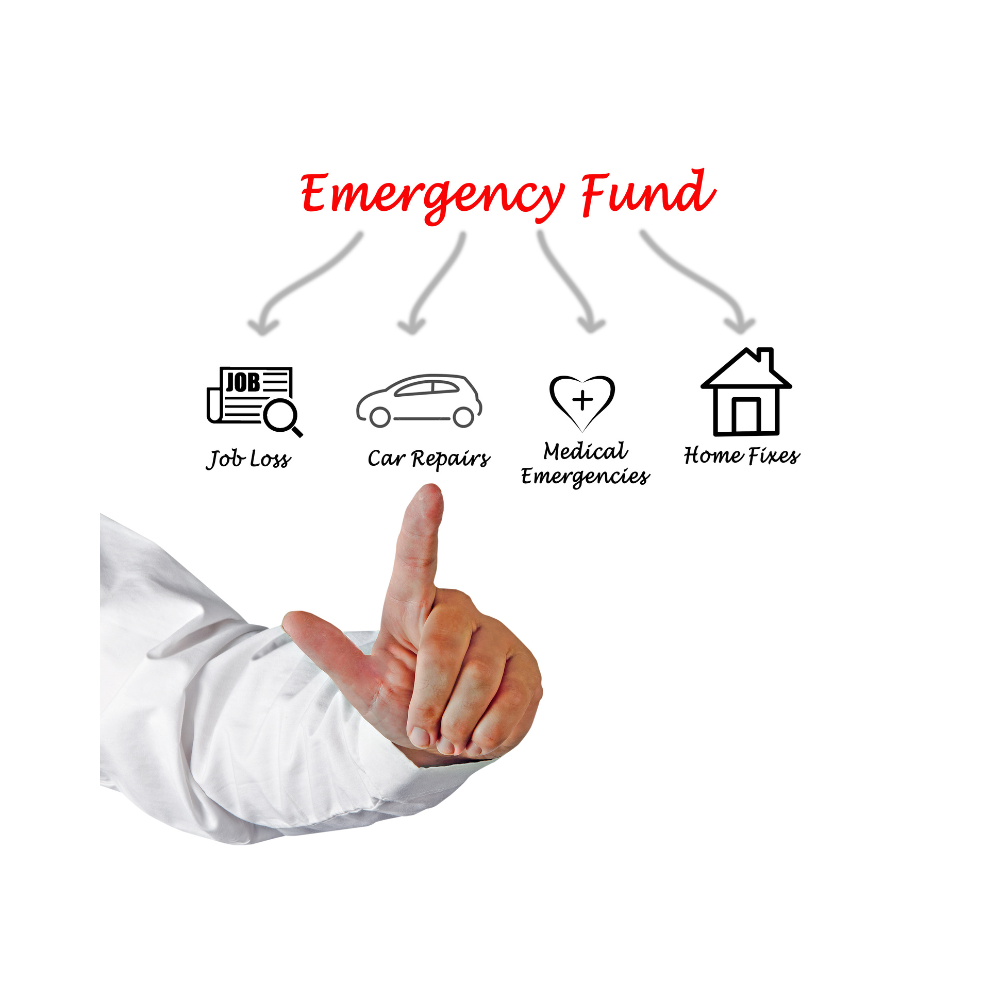 The folks over at Behavioral Economics Quarterly (who probably have amazing emergency funds) found that gamification of savings goals increases success rates by up to 73%. Which is great, because nothing says “fun” like turning financial stability into a game show.
The folks over at Behavioral Economics Quarterly (who probably have amazing emergency funds) found that gamification of savings goals increases success rates by up to 73%. Which is great, because nothing says “fun” like turning financial stability into a game show.
And get this – the Neuroscience Journal reports that the dopamine release from achieving small goals helps establish long-term habits. So every time you mark off a bingo square, your brain is basically getting a tiny high-five.
Now for the fun part! Download the free Emergency Fund Bingo sheet at the end of this post.Each square has a creative way to save money—like skipping a takeout meal, selling something online, or using a cashback app.
How to Play:
✅ Every time you complete a square, mark it off.
✅ The goal? Save your way to Bingo while building your emergency fund!
💡 Fun Pick: Grab colorful dry-erase markers to track your progress—it makes saving even more fun!
📌 Pro Tip: Turn it into a family game. First person to complete a row gets bragging rights or a small reward (like picking the next family game night activity).
Step 5: Celebrate Wins (Without Bankrupting Yourself)
 Psychology Today tells us that celebrating small victories reinforces positive behaviors. Just make sure your celebration doesn’t involve spending the emergency fund you just saved. That’s like eating all your diet food as a reward for starting your diet.
Psychology Today tells us that celebrating small victories reinforces positive behaviors. Just make sure your celebration doesn’t involve spending the emergency fund you just saved. That’s like eating all your diet food as a reward for starting your diet.
💡 Fun Pick: Reward yourself with a luxury candle for your living room or a fun family board game to mark the milestone.
📌 Relatable Reminder: You don’t need to blow your savings to celebrate. Maybe splurge on that fancy latte you skipped earlier—just this once.

FAQs About Emergency Funds
1. Why is an emergency fund important?
An emergency fund acts as a financial safety net for unexpected expenses like medical bills, car repairs, or job loss. Without it, you might have to rely on credit cards or loans, leading to debt. Read more here.
2. When should you use an emergency fund?
Your emergency fund should only be used for true emergencies—unexpected, necessary expenses that impact your financial stability. This could be a sudden job loss, medical expenses, or urgent home repairs. Find expert insights here.
3. What emergency fund should I have?
Your emergency fund should cover at least three to six months of essential expenses (rent, groceries, bills). The exact amount depends on your job stability, expenses, and financial goals. See the recommended amount for your situation.
4. How much emergency fund should I have?
Experts generally suggest $500–$1,000 as a starting point before working toward three to six months’ worth of expenses. But some financial advisors recommend a 12-month cushion for freelancers or those with variable income. Learn more about emergency fund calculations.
5. Can my emergency fund be in stocks?
An emergency fund should be easily accessible, so keeping it in a high-yield savings account or money market account is best. Investing it in stocks is risky, as the market fluctuates. Here’s what financial experts say about where to keep your emergency fund.
Conclusion
Building an emergency fund is like preparing for a zombie apocalypse – it seems unnecessary until suddenly you’re really glad you did it. The Journal of Financial Planning suggests that having an emergency fund reduces stress levels by approximately “a lot” (okay, they used more scientific terms, but you get the idea).
📌 Download your FREE Emergency Fund Bingo Sheet here!
Remember: The best time to start an emergency fund was yesterday. The second best time is today. The worst time is after your car breaks down and your dog needs emergency surgery on the same day. Don’t be that person.
Pro tip: For personalized advice that goes beyond my semi-professional wisdom, check in with a qualified financial advisor. They’re like personal trainers for your money, but with less yelling and more spreadsheets.
Did this article make you laugh while simultaneously triggering an existential crisis about your savings? Share your most creative money-saving tips in the comments below! Extra points if they don’t involve selling your belongings on eBay.
